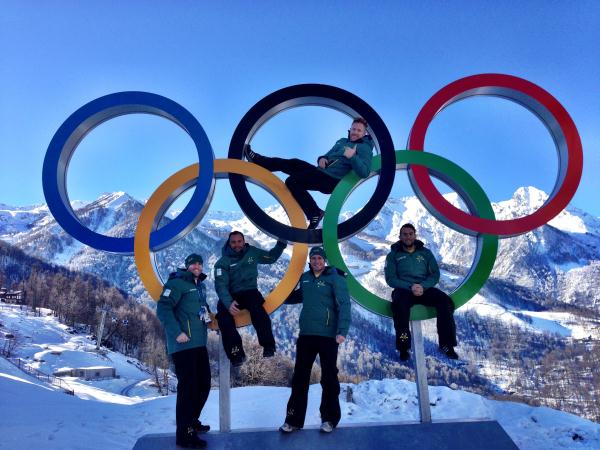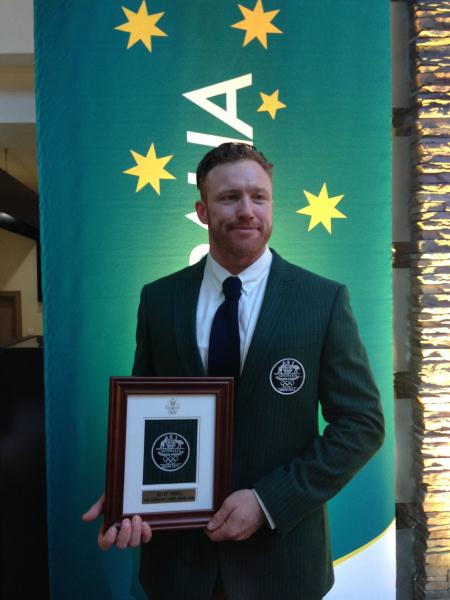By CASEY NEILL
IMAGINE driving a billy cart. Down a water slide. At 130 kilometres an hour.
This is how Winter Olympian and former Dandenong student Heath Spence describes bobsledding.
The 33-year-old hit the bobsleigh track in Sochi, Russia, for the first time in the early hours of Sunday in the two-man sleigh heats, with the four-man event following this Saturday.
Spence is aiming for a top-20 finish in both, which would be Australia’s best result.
“With the team and equipment I have I think this is very achievable,” he said.
It wasn’t watching the movie Cool Runnings that sparked the former St Mary’s Catholic Primary and St John’s Regional College student’s interest in the sport.
“Realistically, that’s how many people can relate to the sport, so I’m grateful that people get a very basic idea of what I do,” he said.
“Actually, I ran into the past driver for Australia (Chris Spring).
“He gave me my first run in a bobsled and I fell in love with the adrenaline rush.”
Competitors sprint down the icy track on foot, pushing their sled, before jumping in. The pilot then steers them through twisting, high-speed turns.
Spence switched bobsleigh position from brakeman to pilot after just missing out on selection for the Vancouver Winter Olympics in 2010.
“If I knew how much time and dedication you need to put in I probably wouldn’t have done it,” he said.
“I had to sell a few of my possessions, borrowed a lot of money, as well as find my own sponsorship.
“I get very little funding from Australian organisations and government.
“Bobsleigh is like Formula 1 racing on ice, so probably one of the most expensive sports to get into.
“I believe the German program costs something like $4 to $5 million a year to run and in order for us to be successful we will need to increase this funding.”
Spence has relocated to Calgary, Canada, to pursue his passion and works as a tourist bobsleigh pilot to earn and living and hone his skills.
His training is mostly weight and sprint-based, three to four hours a day, six or seven days a week.
“The idea is to have explosive power to get the sled moving as fast as possible,” he said.
“On top of that I need to memorise, visualise and rehearse tracks before I go down, which can be mentally draining.”
Winter Olympic selection was the culmination of his dedication.
“It still did bring some sense of relief and pride as all of my hard work over the last five years has paid off,” he said.
“I just wished that a lot of the Australian public would realise we have a bobsleigh team and support us more, as the Jamaicans do get a lot of media attention.”








